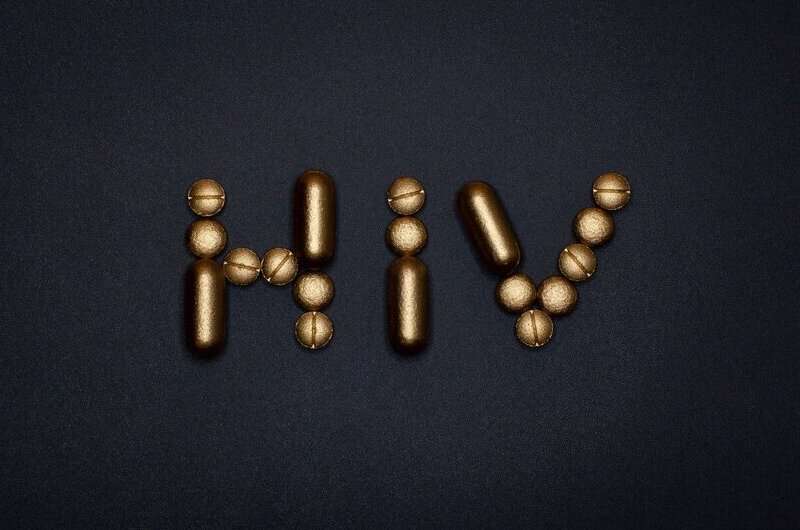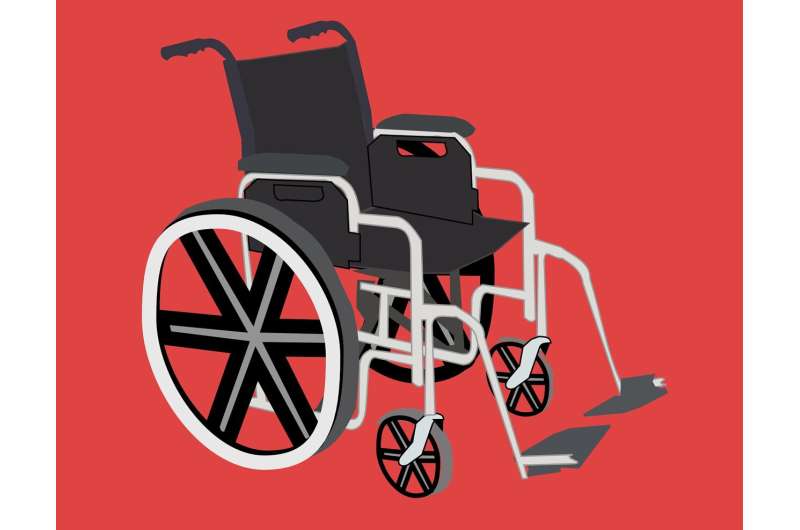Increased Risk of Prediabetes Among Overweight Asian and Pacific Islander Adolescents

Asian and Pacific Islander adolescents with overweight or obesity face more than double the risk of prediabetes compared to White youth, highlighting the need for targeted screening and prevention efforts.
Recent research published in Diabetes Care highlights a concerning health disparity: Asian and Pacific Islander (Asian/PI) teenagers with overweight or obesity are more than twice as likely to develop prediabetes compared to their non-Hispanic White counterparts. The study, conducted by Adrian Matias Bacong, Ph.D., M.P.H., and colleagues from Stanford University and Kaiser Permanente Northern California, analyzed health records from over 37,000 adolescents aged 10 to 17.
The findings revealed that 26.9% of Asian/PI adolescents with excess weight had prediabetes, significantly higher than the 11.9% prevalence observed in non-Hispanic White youth. Notably, there was variation among Asian subgroups, with South Asian and Native Hawaiian/Pacific Islander adolescents showing even higher rates (around 31-32%). Specific prevalence ratios indicated that South Asian adolescents had nearly three times the risk, while Filipino and Chinese adolescents had over twice the risk compared to White peers.
These disparities emphasize the importance of targeted prediabetes screening in high-risk populations. Early detection is critical for preventing the progression to type 2 diabetes and associated complications. Healthcare providers are urged to be particularly vigilant when monitoring Asian/PI adolescents with overweight or obesity, given their elevated predisposition.
This research underscores the need for culturally tailored interventions and increased awareness to address these health disparities among minority youth. Continued focus on preventive measures and early screening can help curb the rising tide of diabetes in vulnerable populations.
For more details, visit source.
Stay Updated with Mia's Feed
Get the latest health & wellness insights delivered straight to your inbox.
Related Articles
Understanding How Some People with HIV Naturally Control the Virus Without Medication
Recent discoveries reveal that certain individuals living with HIV can naturally control the virus without medication. Key factors include gut bacteria and specific biochemical compounds that inhibit HIV, paving the way for innovative prevention strategies.
Addressing the Challenges of Sexual Health for Women with Disabilities in Africa
Women with disabilities in Africa face significant barriers to sexual health knowledge and contraceptive access, risking health inequalities and marginalization. This article explores regional disparities and necessary policy interventions to improve their reproductive rights.
Innovative Techniques Enhance Preservation of Hearts for Transplantation
Advances in heart preservation techniques are promising to increase the number of usable donor hearts, potentially saving thousands of lives affected by heart failure.
Revolutionary Imaging Reveals How HIV-1 Viral Cores Enter the Nucleus
New cryo-electron microscopy research uncovers how HIV-1 viral cores adapt and pass through the nuclear pore, opening new avenues for antiviral development.



